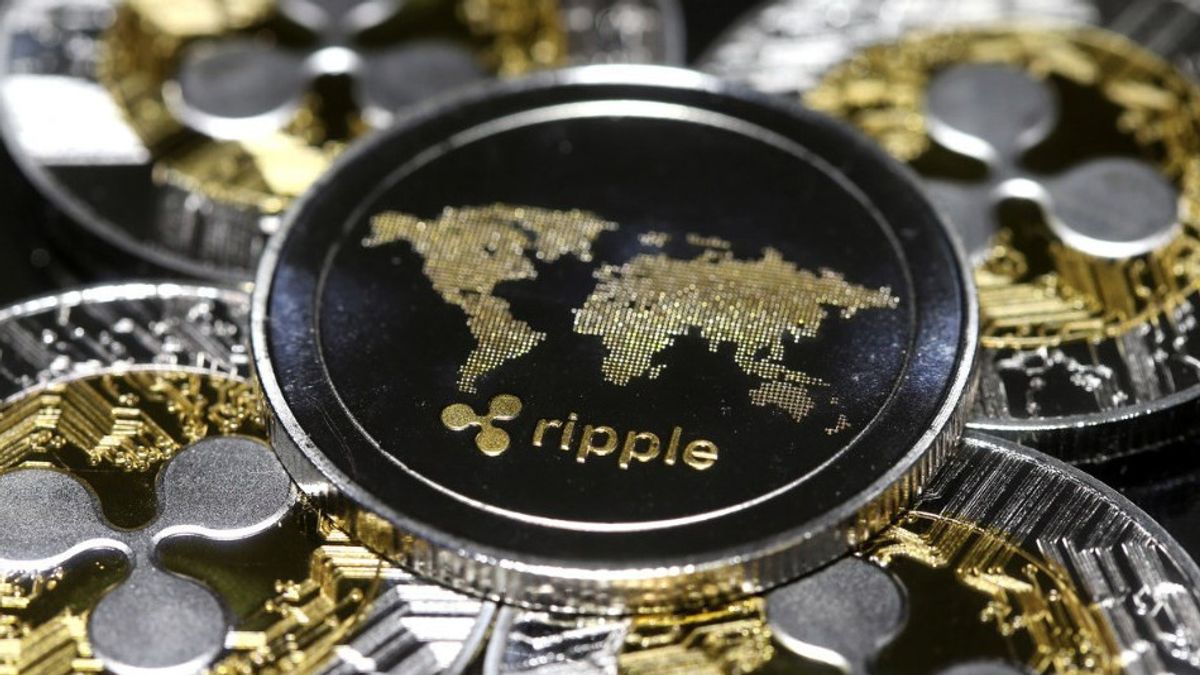
- Ripple has begun beta testing its Ripple USD (RLUSD) stablecoin on the XRP Ledger and Ethereum blockchains, with plans to expand to other chains and DeFi protocols.
- Ripple is working with enterprise partners to rigorously test the stablecoin to ensure it meets the highest security and efficiency standards.
Ripple has officially started beta-testing its stablecoin, the Ripple USD (RLUSD), four months after the California blockchain payments company first announced the new product.
Ripple announced the move this week, revealing that the beta will be on the XRP Ledger (XRPL) and Ethereum. The beta is private for now, with the company only working with its enterprise partners to stress-test the stablecoin since it hasn’t received the regulatory authority required to service the public. The company pledged to expand to other blockchains, including DeFi protocols, in due time.
Testing, testing…RLUSD! We’re excited to share that Ripple USD (RLUSD) is now in private beta on XRP Ledger and Ethereum mainnet. RLUSD has not yet received regulatory approval and therefore is not available for purchase or trading – please be cautious of scammers who claim they…
— Ripple (@Ripple) August 9, 2024
In its blog post, the company stated:
This phase is crucial for ensuring that the stablecoin meets the highest standards of security, efficiency, and reliability before it becomes widely available, and after receipt of regulatory approval.
Ripple first announced the stablecoin in early April, describing it as the company’s attempt at providing a stablecoin that delivers “trust, stability and utility,” which it claimed is still in demand by crypto market players.
RLUSD will compete with established stablecoins in the $150 billion market, including market leader Tether (USDT), whose market cap stands at $115 billion. USDT hit this significant landmark this week; it accounts for over 70% of the market, a ratio that has been constant for over a year. Since September last year, its market cap has gone up 40%. USDC is the second-largest player with a $34.5 billion market cap.
Can Ripple Compete With USDT and USDC?
Stablecoins are a lucrative market for any player. Essentially, these companies receive fiat currencies in exchange for their tokens, and can invest this money on anything they wish, without having to split the profits with the people whose hard currency is on the line.
David Schwartz, the Ripple CTO, best captured this in an interview earlier this year, stating:
It’s a growing market. You could be a bank that pays no interest. That seems like a pretty good business opportunity.
Clearly, the market opportunity is massive. However, the challenge for Ripple is attracting users. Today, only six stablecoins have achieved the $1 billion market cap landmark—USDT, USDC, Edelcoin, DAI, Ethena USDe and First Digital USD. In fact, only nine more have hit over $100 million, out of hundreds of stablecoins issuers. This shows that while the top players are minting billions, most issuers never achieve mainstream success.
Ripple will depend on its connections and network to break through the tough stablecoin market, said Schwartz.
The ultimate winner will be XRP, with some analysts claiming that the token could hit $12 if Ripple manages to establish itself as a serious stablecoin issuer.
Today, XRP traded at $0.5986, gaining 4.3% in the past day.


















